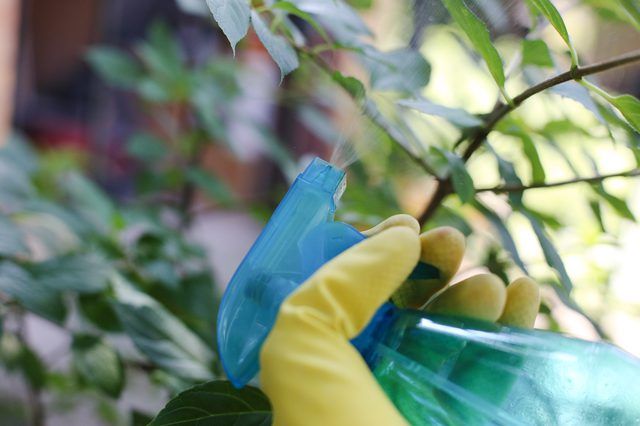Bulbs
Flower Basics
Flower Beds & Specialty Gardens
Flower Garden
Garden Furniture
Garden Gnomes
Garden Seeds
Garden Sheds
Garden Statues
Garden Tools & Supplies
Gardening Basics
Green & Organic
Groundcovers & Vines
Growing Annuals
Growing Basil
Growing Beans
Growing Berries
Growing Blueberries
Growing Cactus
Growing Corn
Growing Cotton
Growing Edibles
Growing Flowers
Growing Garlic
Growing Grapes
Growing Grass
Growing Herbs
Growing Jasmine
Growing Mint
Growing Mushrooms
Orchids
Growing Peanuts
Growing Perennials
Growing Plants
Growing Rosemary
Growing Roses
Growing Strawberries
Growing Sunflowers
Growing Thyme
Growing Tomatoes
Growing Tulips
Growing Vegetables
Herb Basics
Herb Garden
Indoor Growing
Landscaping Basics
Landscaping Patios
Landscaping Plants
Landscaping Shrubs
Landscaping Trees
Landscaping Walks & Pathways
Lawn Basics
Lawn Maintenance
Lawn Mowers
Lawn Ornaments
Lawn Planting
Lawn Tools
Outdoor Growing
Overall Landscape Planning
Pests, Weeds & Problems
Plant Basics
Rock Garden
Rose Garden
Shrubs
Soil
Specialty Gardens
Trees
Vegetable Garden
Yard Maintenance
How to Care for Annabelle Hydrangea
How to Care for Annabelle Hydrangea. Smooth hydrangea "Annabelle" (Hydrangea arborescens "Annabelle") is named for its place of discovery, near the town Anna, Illinois. The "belle" of the town, "Annabelle" offers white, mop-head blooms 8 to 12 inches wide and grows in clumps 3 to 5 feet tall and 4 to 6 feet...
Smooth hydrangea "Annabelle" (Hydrangea arborescens "Annabelle") is named for its place of discovery, near the town Anna, Illinois. The "belle" of the town, "Annabelle" offers white, mop-head blooms 8 to 12 inches wide and grows in clumps 3 to 5 feet tall and 4 to 6 feet wide. Hardy in U.S. Department of Agriculture plant hardiness zones 3 through 9, the deciduous shrub doesn't require frost protection. It prefers partial-shade sites but also grows in full-sun locations, though it needs careful watering.
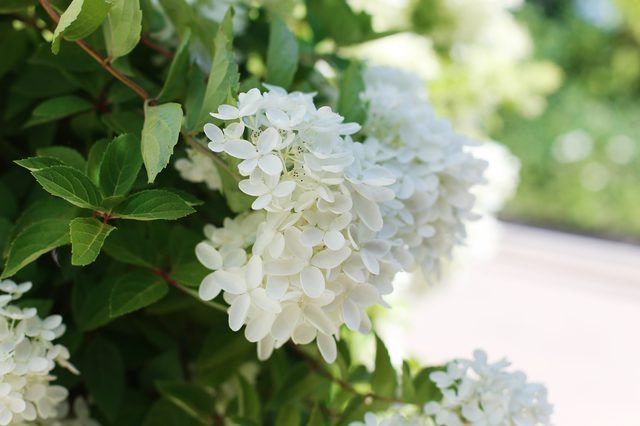
Applying fertilizer when it isn't needed could spoil the main feature of "Annabelle," its large, showy blooms. Overfertilizing a hydrangea reduces flowering and causes excessive leafy growth. Signs of nutrient deficiency include poor growth and small, pale leaves. If "Annabelle" shows those symptoms and they have no apparent other cause, then sprinkle a granular, slow-release, 12-4-8 fertilizer on the soil surface over the shrub's root area at a rate of 4 tablespoons per 4 square feet. Don't allow the fertilizer to contact the shrub's stems. Water the fertilized ground to activate the fertilizer. Because manufacturer's instructions may vary, read and follow the label of the fertilizer you use.
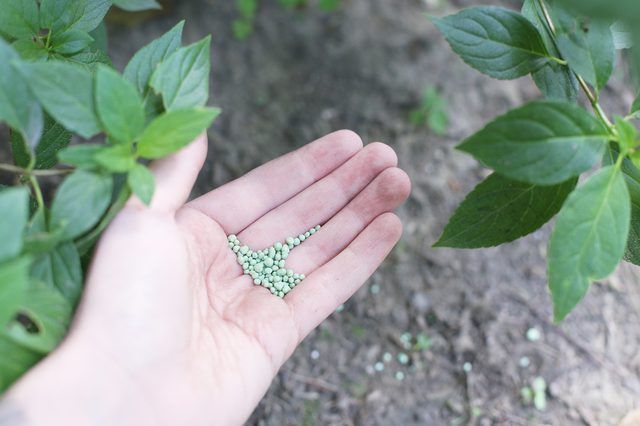
"Annabelle" doesn't tolerate drought and grows best in rich, moist, well-drained soil. It needs water on a regular basis during hot weather to have good growth and flowering, especially in a sunny location, where the shrub may need water daily. Water "Annabelle" when its soil surface is dry. The soil beneath the shrub's branches should stay constantly moist but never soggy. Spread a 2- to 3-inch-thick layer of garden compost, leaf mold or other organic material over the plant's root zone to help conserve soil moisture, but don't let that mulch touch the plant. Don't be alarmed if the leaves wilt in the hottest part of the day. When the soil is moist and the shrub recovers by evening, the plant is not likely to need extra water.
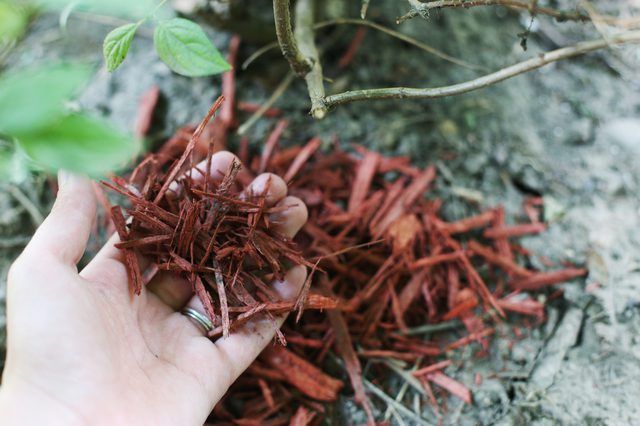
Pruning "Annabelle" in spring removes its old, non-flowering wood and promotes its dense, compact shape. In areas that experience cold winters, "Annabelle" often dies to ground during winter, which isn't a problem because the shrub flowers on its new wood. Remaining stems can be pruned at the end of winter. Wipe pruning shear blades with a cloth that was dipped in rubbing alcohol, and prune the shrub's stems to ground level. After you finish pruning, sterilize the pruning shears with rubbing alcohol in the same way you did previously.
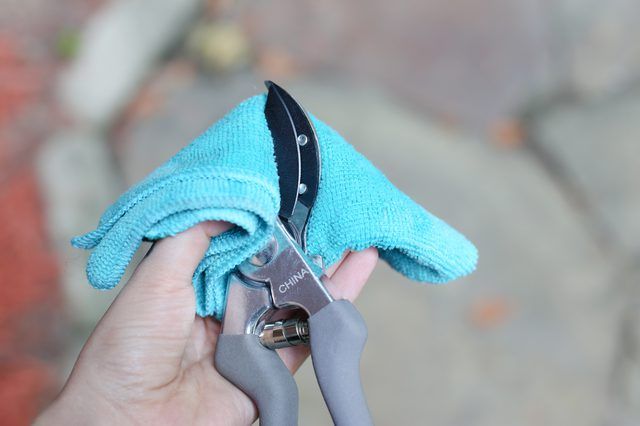
Pests aren't common on "Annabelle," but the shrub can suffer from leaf and bud diseases. Aphids, mites, scale insects and nematodes are some pests that may infest this shrub. Aphids are small insects that cluster on the undersides of leaves and at shoot tips; mites are too tiny to see with the naked eye but often create fine webbing and cause speckled leaves; and scale insects look like tiny shells on leaf veins and stems. Spraying the shrub with an insecticidal soap on a cloudy, windless day helps control those pests. Wet all the plant's parts, including leaf undersides, completely with the insecticidal soap, which can be used every one to two weeks if necessary; the product should be used with care on flowers. Nematodes infest the plant's root system and cause it to have poor, stunted growth. A shrub affected by nematodes should be removed and disposed.
Symptoms of diseases that may infect "Annabelle" include leaf spots, a white, powdery coating, soggy, decaying leaves and brown, decaying flower buds. Avoid watering the plant on an irregular basis and avoid overhead watering to help prevent many diseases and to help preserve the plant's blooms. Removing affected leaves and buds helps prevent diseases from spreading.
